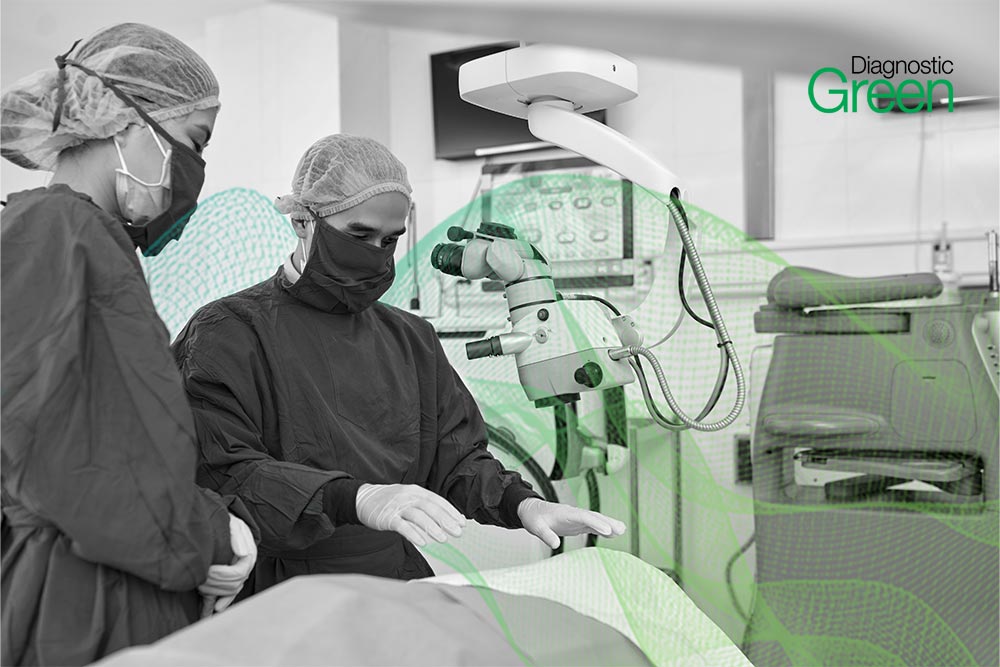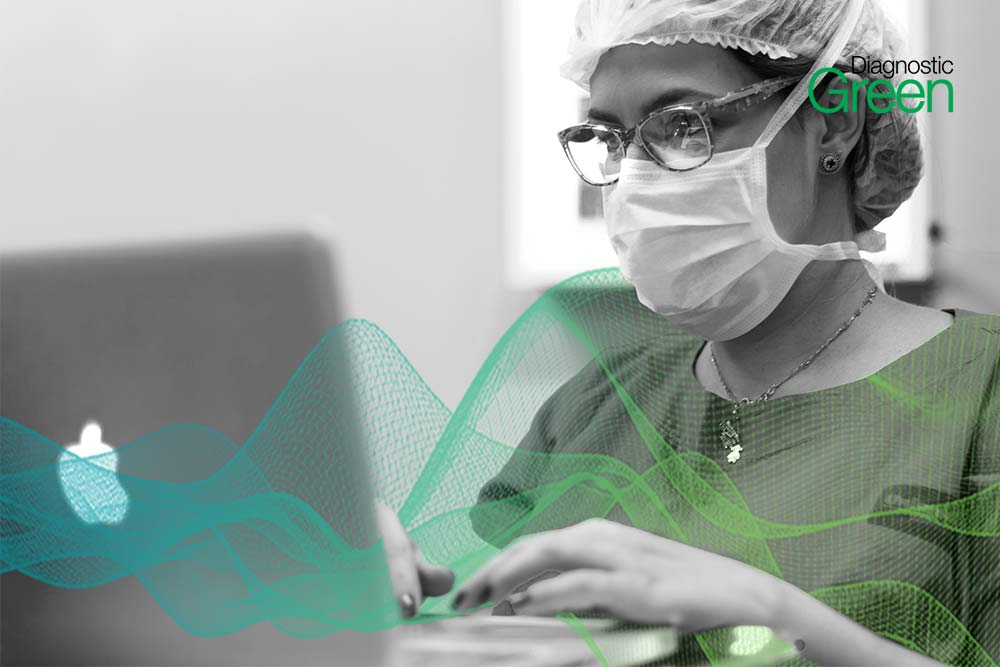Stanford Medicine researchers found that after the March 2020 COVID-19 shutdown, nonurgent surgery rates dropped, but within months they bounced back and remained at pre-pandemic levels, even as coronavirus infections peaked during the fall and winter of 2020.
The study, contradicts the assumption that the COVID-19 pandemic has continually curtailed nonessential surgeries across the country. Using administrative claims from more than 13 million surgical procedures in 49 states, the study compared the number of surgeries performed each week in 2019 with the corresponding week in 2020. As expected, the researchers found a 48% decrease in surgical volume during the seven weeks after mid-March, when the Centers for Medicare and Medicaid Services recommended that hospitals minimize, postpone or cancel elective surgeries.
But 35 days after issuing its initial proclamation to curtail elective surgeries, the Centers for Medicare and Medicaid Services issued safe resumption guidelines, which focused on adequate facilities, pre-procedure COVID-19 testing, and supplies of protective equipment. “If you could manage those things,” Wren said, “you could operate”.
https://jamanetwork.com/journals/jamanetworkopen/fullarticle/2786935











